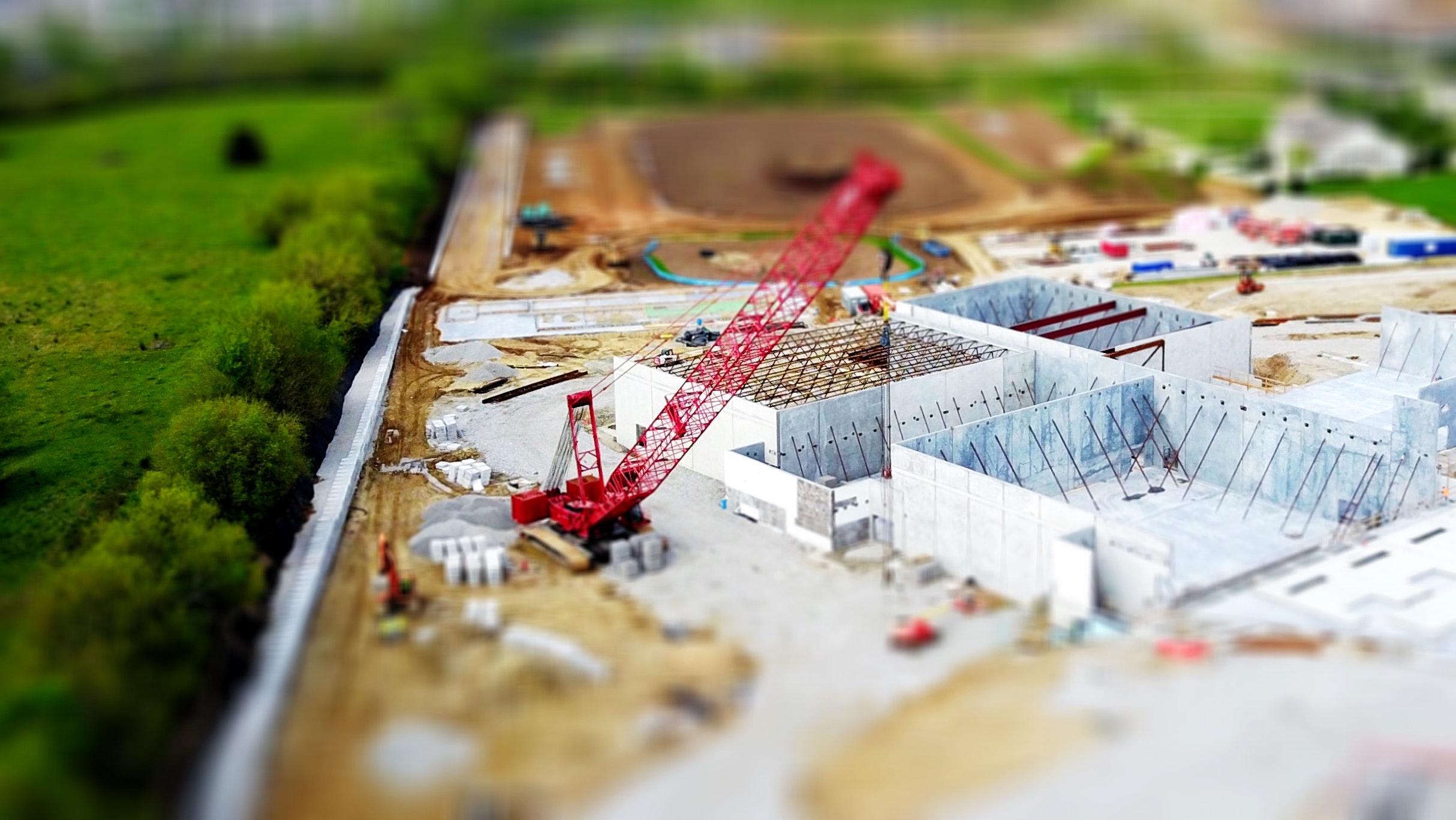In this Article
Intelligent Building Monitoring System (BMS) is not a future technology but a crucial component to any commercial building and data centre facility. It allows for centralised, smart and online management of critical infrastructure equipment and ensures operations are being run securely and efficiently. Continuous Monitoring is the advanced form of BMS where asset performance variables can be tracked constantly and reporting live with intelligent alerting and decision-making algorithms. Some of the areas of monitoring energy efficiency and performance are Air Conditioning, Heating, Ventilation, Indoor Air Quality (IAQ) monitoring etc.
Building Management: Why is it important?

Inefficient and compromised building structures
Critical and faulty operations of infrastructure equipment can negatively impact the maintenance of the building and also leads to a loss in productivity, increased energy consumption and importantly, expensive replacement or repairs of faulty components.
Energy efficiency
Climate change and depleting natural resources have given rise to the need for the systems that are climate-friendly and energy efficient. Since commercial buildings account for massive consumption of energy thus requires continuous and effective energy utilisation monitoring.


State-of-the-art alert and decision making
Risk management is an important operation of BMS and helps to achieve the efficiency of the entire system. The prime task of risk management is to provide alerts by intelligently predicting the possible hazards, wear and tears, faulty equipment before the condition deteriorates to a level where intervention becomes more expensive and troublesome. Artificial intelligence can provide smart and automated decision making reducing manual involvement and increasing the efficiency of the system in real time.
Insight to reliable data and better analytics
Continuous monitoring means continuous capturing of real-time data of various equipment and monitoring by a centralised online system which provides useful analytical insights about the equipment using this pool of data. Reliability due to retrieving continuous and real-time data also provides intuitive and self-regulating decision making.


Predictive maintenance
With reliable data and better analytics, not only provide better decision making but also predictive maintenance. Machine learning uses that pool of data to auto builds self-regulating predictive models to foresee any damage to the equipment or the entire system. It can help to eradicate the complete breakdown of the entire system due to one or two faulty equipment.
Performance validation
In this era of numerous businesses, competition is rigorous and that asks for the validation of performance with the help of statistics and analysis. Continuous monitoring provides you with self-auditing and performance validation to gain an edge against your competitors.


Better resource management
No one likes to spend unnecessarily on resources and with the help of cutting edge sensors tracking utilities provides us with the pool of real-time data and cognisance about important as well as unnecessary resources present in the system.
Advancement in technology particularly in the field of machine learning and the Internet of Things (IoT) allow sensors to be implanted directly into the infrastructure of the building to capture real-time data and provides continuous monitoring. Gartner in their report predicted the amount of IoT sensors will surpass $10 billion by the end of current decade. High volume of those sensors will be used for tracking competencies in “smart buildings”.
At Minnovation, we developed Building Management technology to provide total solutions to construct companies, government and councils similarly we helped City of Casey Council. Our smart sensors and web interface AlphaX are best for your needs. To learn more about Building Management technology, click the button below.
Related Blog Posts
How Smart Cities Connect: Getting Started with Edge AI and IoT Technology
How to Get Started with Edge AI and IoT Technologies in Smart Cities: Overcoming Integration Challenges In recent years, the concept of smart cities has evolved from a futuristic Read More
5 Step Strategy: Ensuring Security and Privacy in 15-Minute Smart Cities
Introduction Ensuring security and privacy in 15-minute smart cities is a critical challenge as urban areas become increasingly connected through IoT and edge AI technologies. These cities aim to Read More
What is a smart city and the challenge of legacy systems
How to Get Started with Integrating Legacy Systems in Smart Cities Smart cities are transforming urban landscapes by leveraging technology to improve the quality of life for residents. However, Read More



